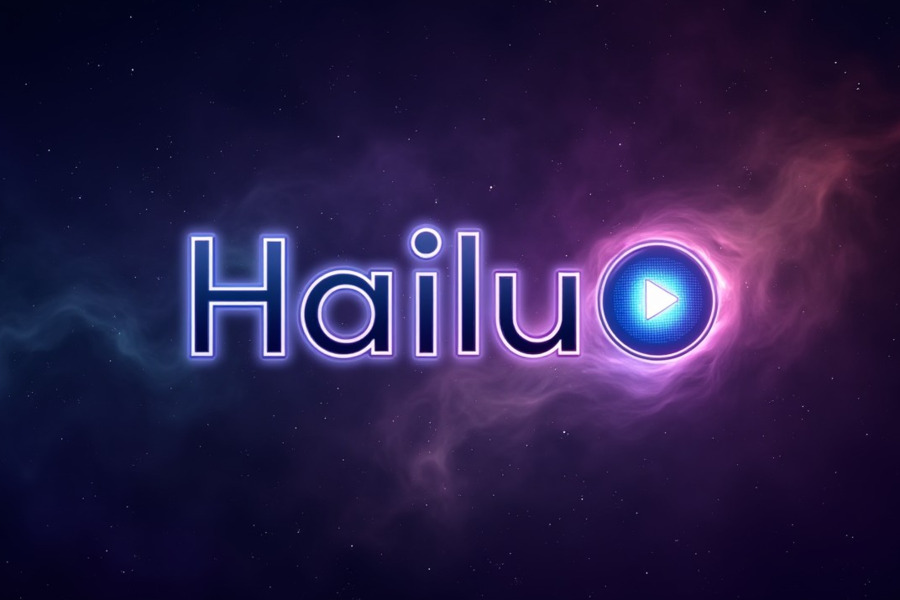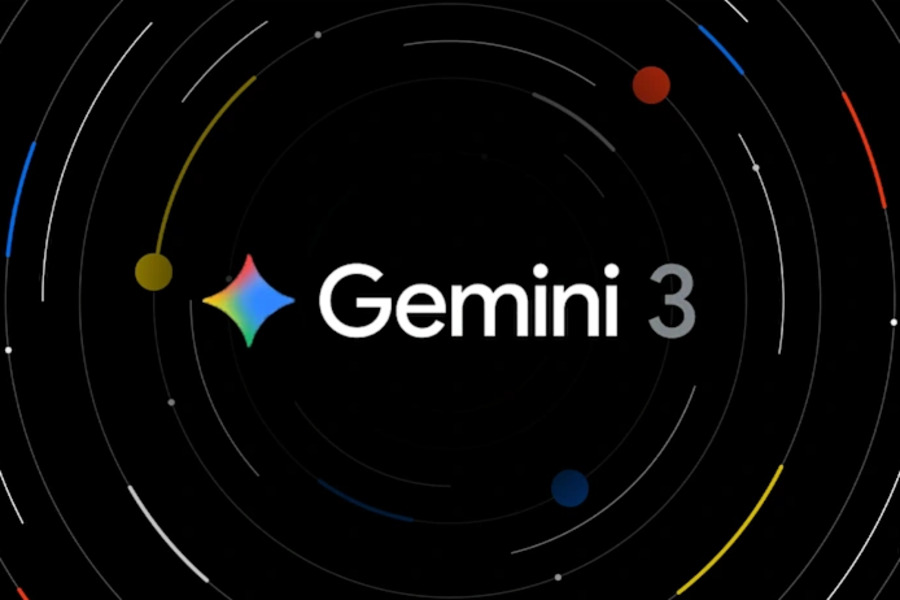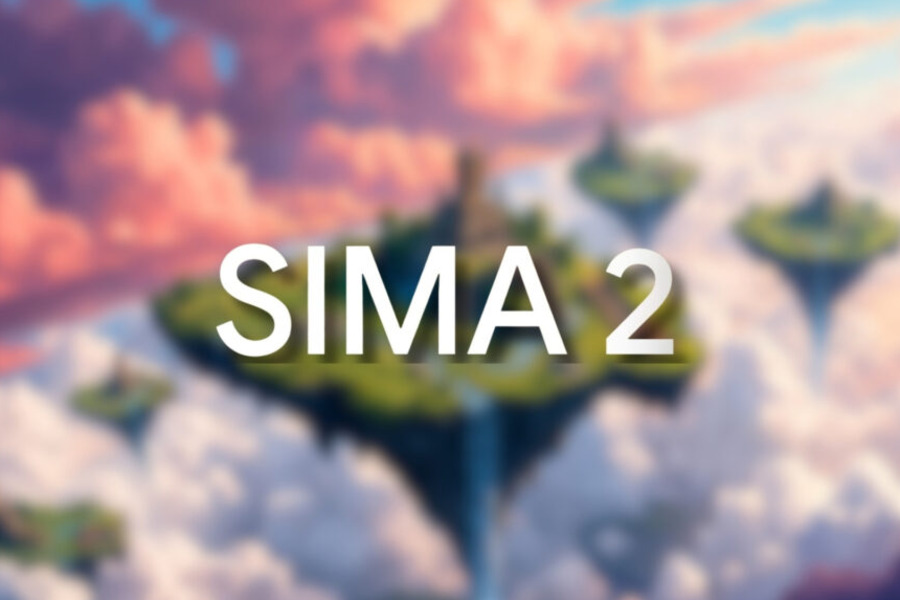MiniMax has announced the imminent release of Hailuo 2.3, the latest iteration of its flagship AI video generation model, positioning it as a formidable competitor to Google’s Veo. This new-generation model demonstrates significant breakthroughs in realism, accuracy, and stylistic versatility, potentially marking a major leap forward in the rapidly evolving AI video landscape.
The launch intensifies the race for supremacy in creating high-fidelity, cinematic AI-generated content, as tech companies large and small vie for the top spot in this transformative field.
What is Hailuo 2.3?

The predecessor to Hailuo 2.3, Hailuo 02, made waves upon its debut earlier this year. It rapidly climbed to the second spot on global video generation benchmark leaderboards, successfully surpassing Google’s Veo 3 in key performance metrics.
Building on this strong foundation, the new 2.3 version pushes the boundaries even further, showing enhanced fidelity in critical areas like motion capture, facial expression rendering, and artistic style control.
Early testers are already highlighting the model’s revolutionary potential for both “text-to-video” and “image-to-video” tasks. For filmmakers, marketing teams, and digital artists, Hailuo 2.3 is poised to offer a new creative experience by providing an unprecedented level of control and realism.
By focusing on the nuances that distinguish truly cinematic content from simple AI clips—such as character consistency and physics adherence—Hailuo 2.3 aims to set a new standard for creative utility and production quality.
Core Technological Breakthroughs of Hailuo 2.3
At the core of Hailuo 2.3 lies MiniMax’s proprietary Noise-aware Compute Redistribution (NCR) architecture. This enhanced architecture is reported to be 2.5 times more efficient than the previous generation, supporting up to 10 seconds of native 1080p video output.
The technological advancements of this new version focus on three key areas:
- Ultra-realistic character animation and micro-expression capture: The model significantly improves the lifelike quality of human subjects, including the subtle facial movements that convey genuine emotion.
- High-precision physics and reflection simulation: It ensures that the generated video adheres more closely to real-world physical laws, particularly in complex interactions involving light, shadows, and reflections.
- Cross-style adaptability: The model offers robust control over a wide spectrum of artistic styles, allowing creators to switch effortlessly between photorealistic renders and stylized anime aesthetics.
In a demonstration that has sparked discussion within the AI community, a dynamic corridor scene showcased a fashionable woman walking toward a mirror. Her reflection, along with the ambient lighting and mirror surface details, was rendered with perfect synchronization in cinematic-grade quality.
Another test highlighted fluid camera work, including natural panning shots and emotionally compelling narratives, with a visual depth that approaches traditional film production values.
Stability and Control Reaching a New Level
A standout feature of Hailuo 2.3 is its significant improvement in motion stability and physical consistency. Previous generations of AI video models often struggled with “flickering” and incoherent motion between frames, especially in complex scenes involving rapid movement or challenging reflections.
Early testers report that Hailuo 2.3 has largely eliminated these persistent issues. Its handling of reflections, subtle lighting changes, and object movement is described as exceptionally natural. One creator noted that the upgrade represents “a qualitative leap in subtle facial expressions and animation continuity,” significantly enhancing the presentation power for e-commerce demonstrations and short film narratives.
This robust stability is crucial for professional applications, ensuring that generated footage requires minimal post-production cleanup and streamlining the creative workflow. The improved control over elements like camera movement and subject perspective further empowers creators to execute their vision with greater precision.
Final Words on Hailuo 2.3
Hailuo 2.3 is expected to be formally released in the coming days, with MiniMax planning to offer free trials through partner platforms.
As the AI video landscape grows increasingly competitive with formidable models like Kling 2.5 Turbo and Luma Ray 3, MiniMax’s newest offering represents more than just a technological achievement. It symbolizes a meaningful step toward the democratization of AI video creation, making professional-grade video generation more accessible to a broader community of creators.
The launch solidifies MiniMax’s position as a key innovator pushing the boundaries of what’s possible in artificial intelligence, potentially reshaping how video content is created across industries from entertainment to digital marketing.
Read More: Hailuo Launches Start and End Frames Feature



